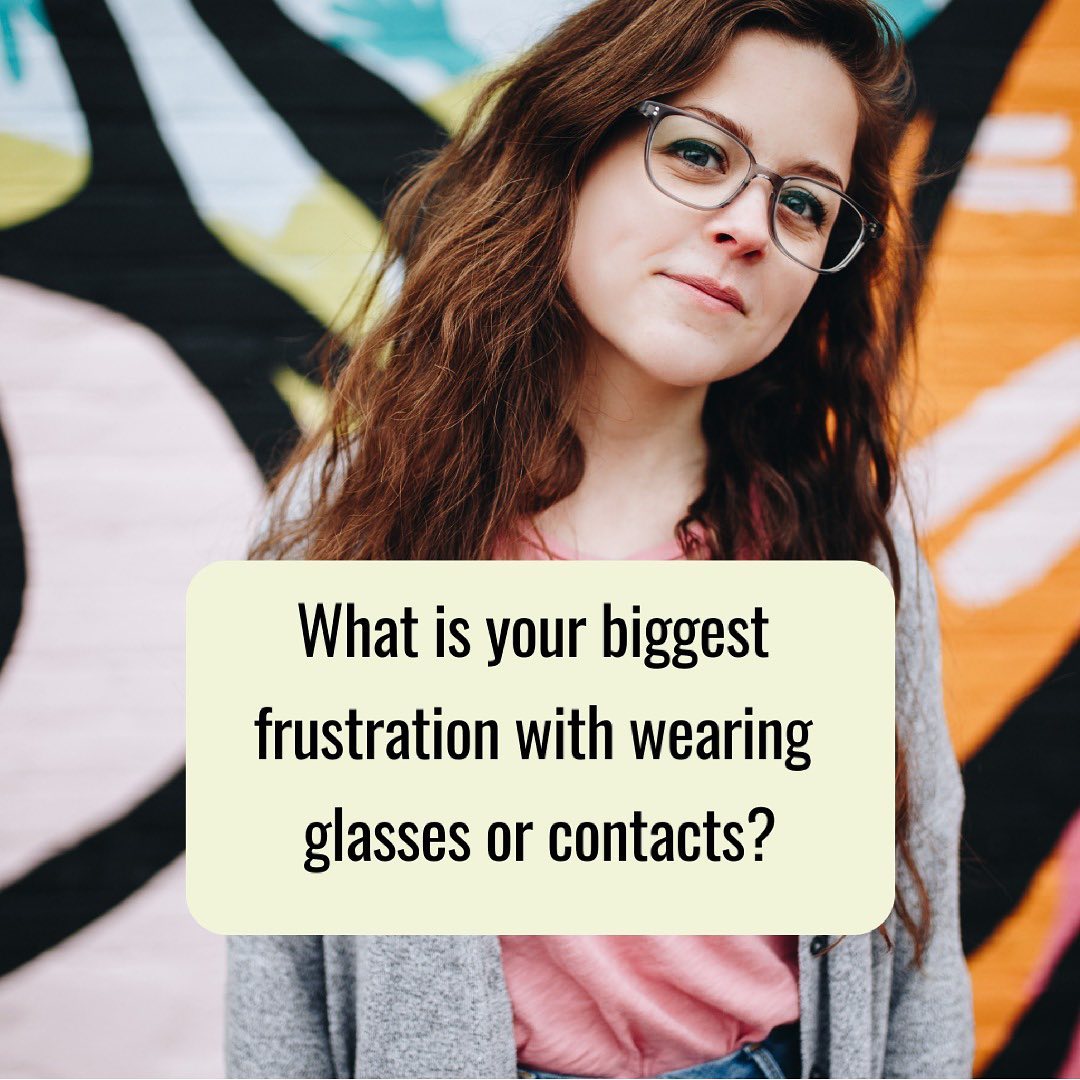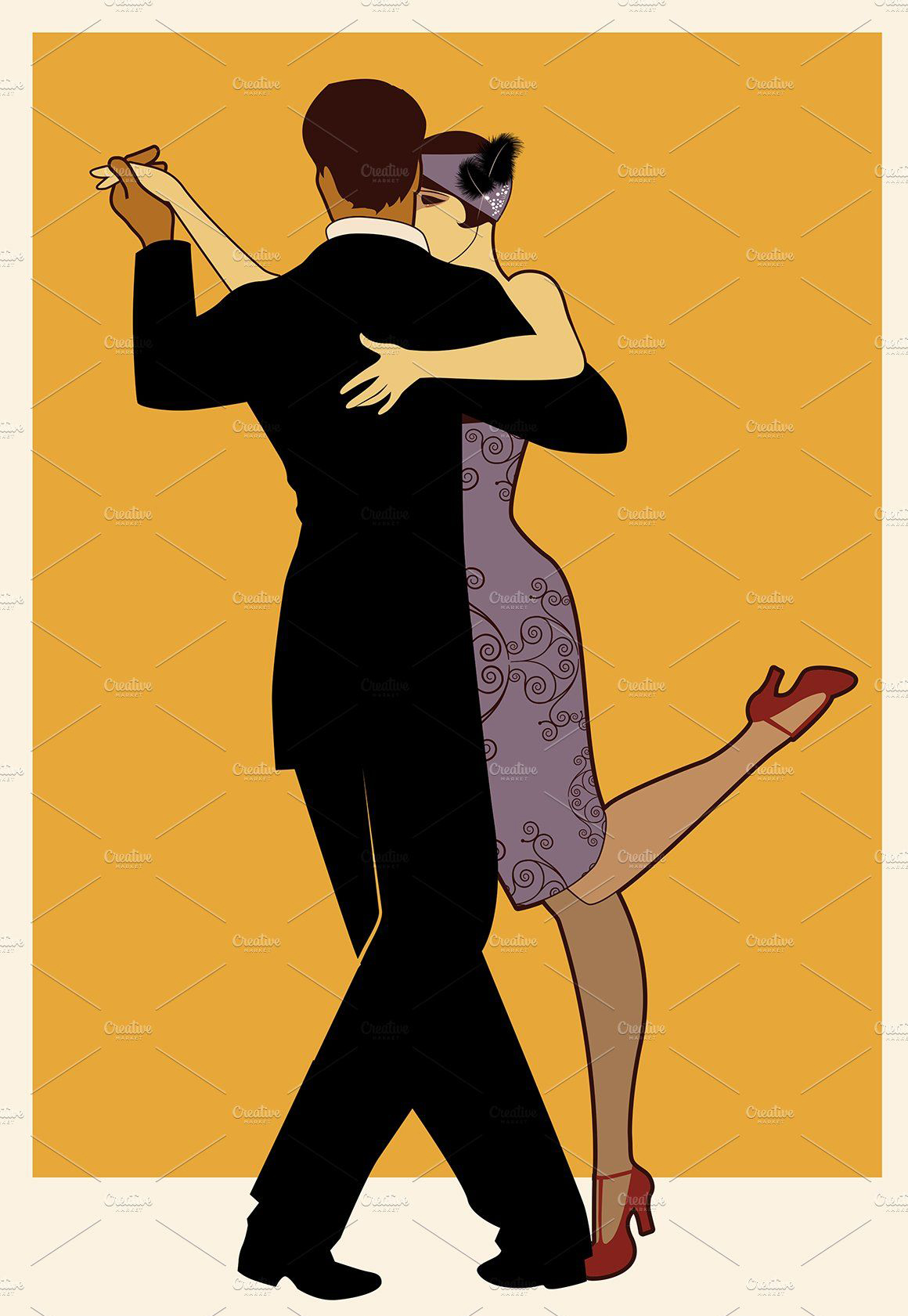If you find yourself suddenly needing glasses, even after a lifetime without them, you’re not alone—in fact, you’re completely normal!
Presbyopia, aging eyes, happens to almost everyone starting in their 40s. This leads to difficulty reading small print or threading a needle. It’s most noticeable when trying to read on a phone or examine a menu in low light. The cause is simple: As the ciliary muscles of the eye age, they lose their focusing power. At 35, that lens can focus over a range of nearly 7 diopters (a measure of the refractive power of a lens). At 55, this flexibility has fallen to 1.5 diopters. By 65, pretty much everyone‘s focusing capacity has shrunk to .75 diopters, a tenth of what it once was. Presbyopia means that glasses-wearers may eventually also require bi- or tri-focals to magnify images for reading. Today “progressive” lenses eliminate the lines separating the zones of visual correction.
The studies, articles, and books below further explain the causes and methods of coping with presbyopia, as well as provide other tips on being a glasser:
The Complete Guide to Eye Care, Eyeglasses, and Contact Lenses by Dr. Walter J. Zinn and Dr. Hertbert Solomon
Before You Flush Your Contact Lenses, You Might Want to Know This






